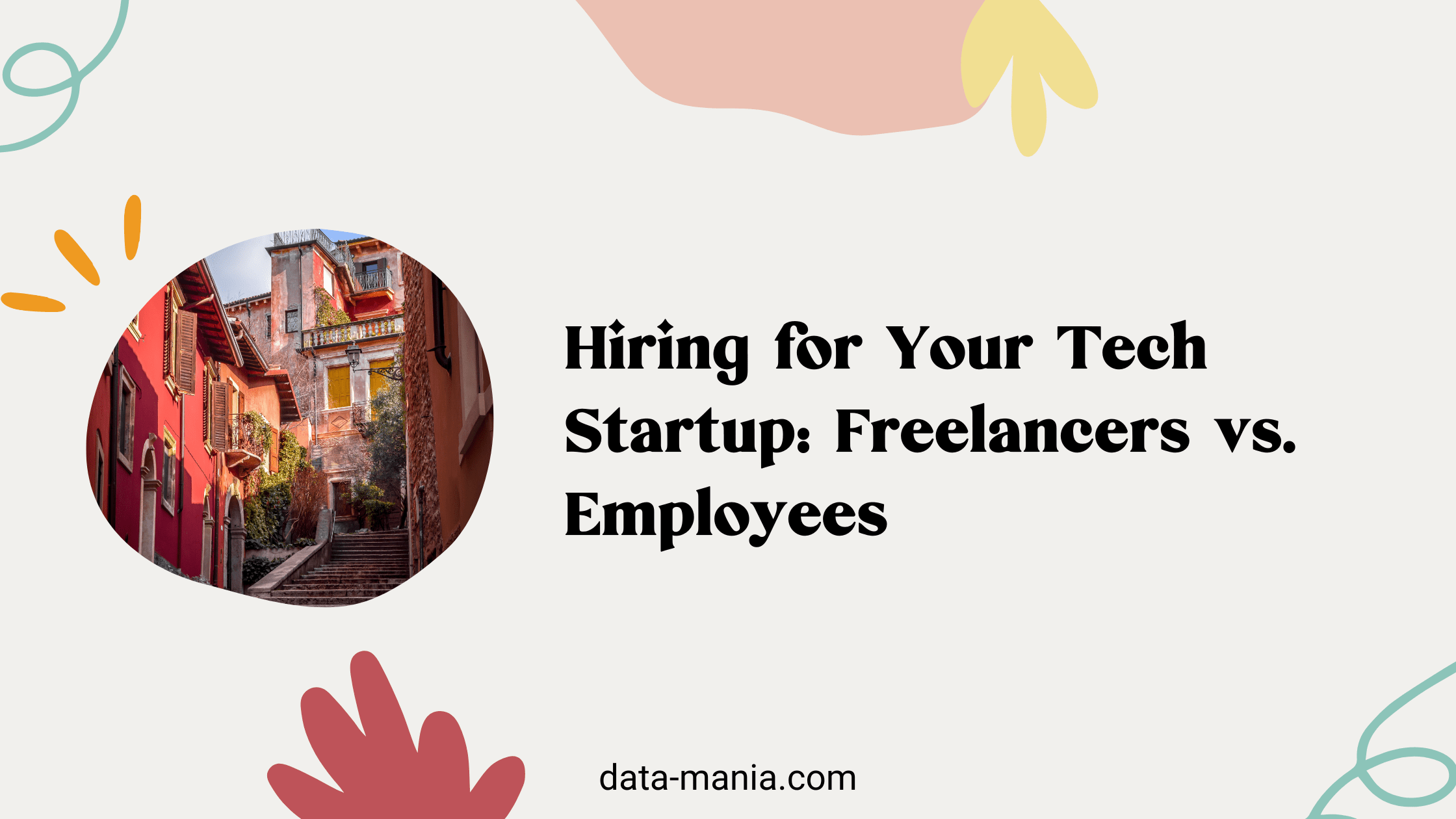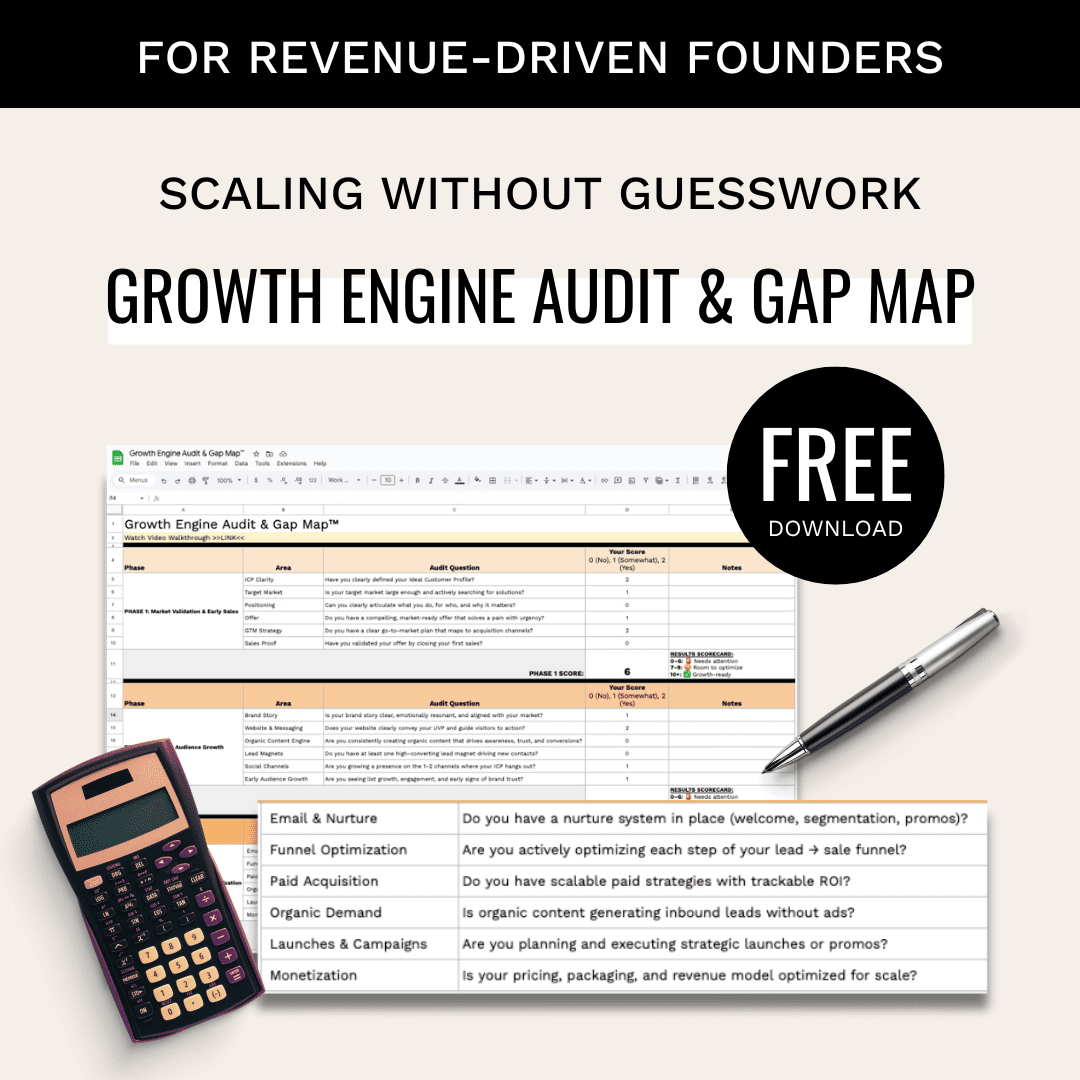Are you a tech startup owner who is looking for someone to hire as a team member? Are you looking for tips on who’s better between freelancers vs. employees to work on a full-time or part-time basis? If it’s a yes to all, then this post is for you! Discover some tips on how to choose depending on your need. Additionally, learn about the pros and cons of hiring either of the two.

Most startups employ both employees and freelancers:
- Employees are individuals who are hired by a company or organization to work on a full-time or part-time basis. They are a permanent part of the company and typically receive a salary or hourly wage. The same goes with the benefits such as health insurance, retirement plans, and paid time off. They may also be eligible for bonuses or other forms of compensation.
- Freelancers are self-employed individuals who work on a project-by-project basis for multiple clients. They are not permanent employees of any one company and typically work on a contract or consulting basis. Freelancers pay for their own taxes and benefits. Moreover, they do not have the same types of compensation and benefits as the employees.
Both employees and freelancers can bring their own set of skills and experiences to a company. But they can be quite different in the way they work, their compensation, and their rights and obligations.
Employees and freelancers management is the process of overseeing and coordinating the work employees and freelancers within an organization. This can include tasks such as hiring, training, scheduling, performance evaluations, and compensation.
Hiring Freelancers vs. Employees for Your Startup: Pros and Cons
Let’s look at the pros and cons of hiring freelancers vs. employees.
Pros and Cons of Hiring a Full-Time Employee
Full-time employees are usually more invested in the company and its goals. Therefore, they may be more motivated to work efficiently and effectively. They are usually more committed to the company in the long-term, which can lead to increased job stability and continuity.
Employees can receive training and development opportunities that help them grow and advance in their careers. There’s a usual employer-employee relationship, where the employer can have more control over the employee’s working hours, schedule, and tasks.
However, hiring full-time employees can be more expensive for a company, as they are typically entitled to a salary or hourly wage and benefits. It can be a time-consuming and costly process, including recruiting, interviewing, and onboarding. Companies may need to lay off or downsize full-time employees during slow business periods, but terminating a full-time employee can be more complicated and expensive than ending a contract with a freelancer.
Pros and Cons of Hiring a Freelancer
Hiring freelancers can be more cost-effective for a company, as they only receive payments for projects and do not receive benefits. Even if the per-hour cost of an independent contractor is higher, it might be less expensive than employing someone full-time. Freelancers often have specialized skills and expertise that can be valuable for specific projects or tasks.
Another important advantage is greater flexibility in terms of scheduling and workload. Hiring freelancers can be a quicker process than hiring full-time employees, as it does not require the same level of commitment or onboarding. Companies don’t need to worry about layoffs or downsizing as they can just end the contract with the freelancer after the completion of the project.
However, freelancers may not be as committed to the success of the company as full-time employees, and may not be available for long-term projects or commitments. Employers have less control over freelancers’ working hours, schedule, and tasks. Likewise, freelancers may not receive the same level of training and development as full-time employees.
Another potential issue with freelancers is security. Because the workers are often unknown and not invested in the company, there is higher risk of them acting against the company’s interests.
Freelancers vs. Employees: How to Choose
When deciding between hiring a freelancer or an employee, consider the following factors:
- Duration of the project or task: Freelancers are typically better for short-term or project-based work, while employees are better for long-term or ongoing work.
- Specific skills or expertise needed: Freelancers are often experts in a specific field or skill and can be hired for their specialized knowledge. Employees may have a more general set of skills and can be trained for the specific needs of the company.
- Flexibility: Freelancers have more flexibility in terms of their work schedule and location, while employees are more tied to the company’s schedule and location.
- Costs: Hiring a freelancer may be more cost-effective in the short-term, as there are no benefits or long-term commitment costs. However, hiring an employee can be more cost-effective in the long-term, as they can be trained and developed to become more valuable to the company over time.
- Legal and compliance: Hiring an employee makes the company responsible for legal compliance and regulation such as work permit, taxes, insurance, etc. Freelancers are typically responsible for their own compliance and regulation.
Ultimately, the decision between hiring a freelancer or an employee will depend on the specific needs of your company and project.
Conclusion
In conclusion, hiring the right personnel is an important decision that can have a significant impact on the success of the company. Both freelancers and full-time employees have their own set of advantages and disadvantages, and the choice between the two will depend on the specific needs and goals of the startup.
Freelancers can be a cost-effective solution for short-term projects or specialized skills, while full-time employees can provide consistency, stability and a higher level of commitment to the company. Ultimately, it is important for tech startups to carefully evaluate their options and make an informed decision that will best support the growth and development of their business.
Hey! If you liked this post, I’d really appreciate it if you’d share the love by clicking one of the share buttons below!
A Guest Post By…
 This blog post was generously contributed to Data-Mania by Gilad David Maayan. Gilad David Maayan is a technology writer who has worked with over 150 technology companies including SAP, Samsung NEXT, NetApp and Imperva, producing technical and thought leadership content that elucidates technical solutions for developers and IT leadership.
This blog post was generously contributed to Data-Mania by Gilad David Maayan. Gilad David Maayan is a technology writer who has worked with over 150 technology companies including SAP, Samsung NEXT, NetApp and Imperva, producing technical and thought leadership content that elucidates technical solutions for developers and IT leadership.
You can follow Gilad on LinkedIn.
If you’d like to contribute to the Data-Mania blog community yourself, please drop us a line at communication@data-mania.com.





